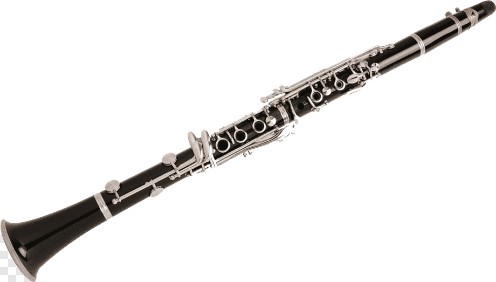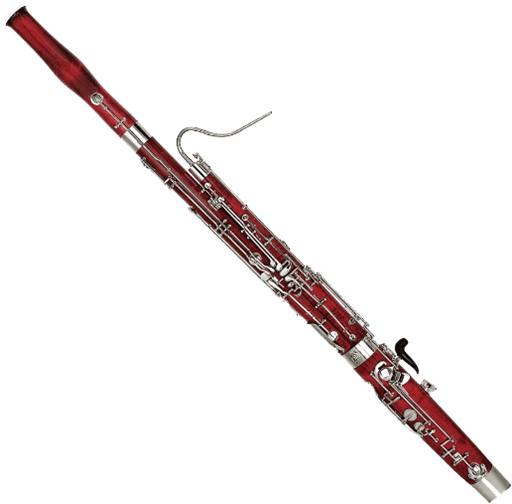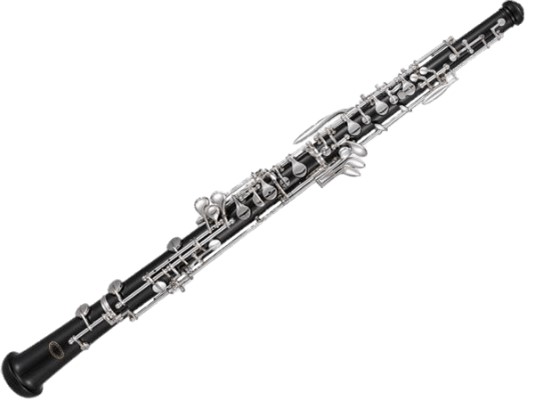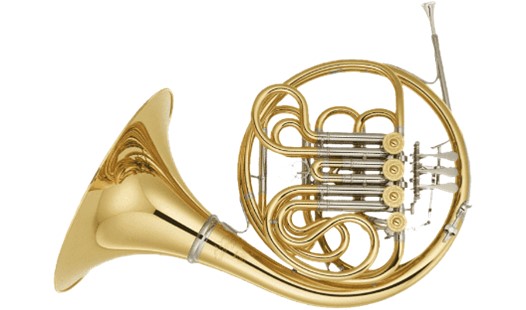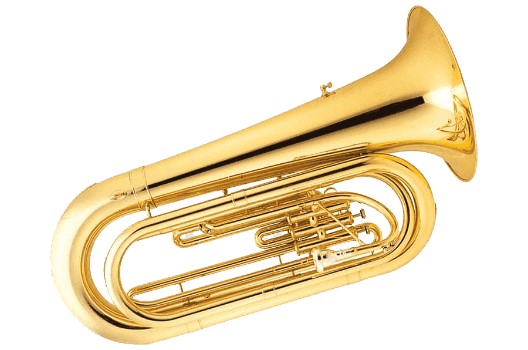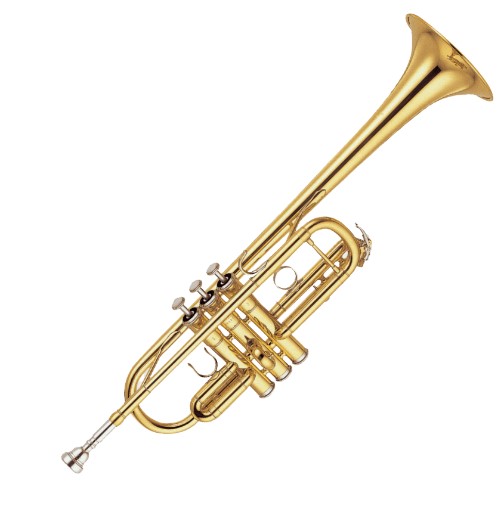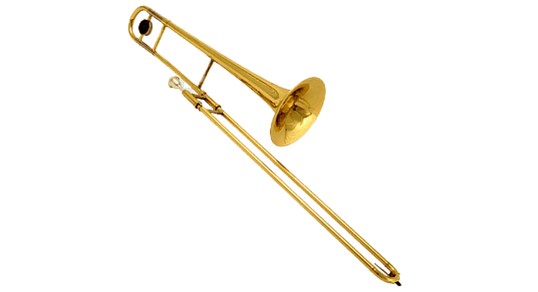What are Wind Instruments?
Wind Instruments are hollow instruments that you blow into to produce sound. The sound is created by a stream of air that flows through or around the body of the instrument.
They are used in all forms of musical expression – from classical to modern.
Some of the most common wind instruments are saxophone, clarinet, flute, trumpet, and harmonica.
Wind instruments are often classified into two kinds: woodwind instruments and brass instruments.
Woodwind instruments
In the past, woodwind instruments used to be made of wood, which gives them their name. However, today they are made of various materials such as wood, metal, plastic or some combination.
Some woodwind instruments have a thin piece of wood in their mouthpiece. This piece of wood is called the reed. The player blows through the reed causing it to vibrate. Some instruments as well have two reeds which vibrate together.
Some samples of woodwind instruments are:
Flute
Flutes are instruments that are both ancient and modern. Early flutes were wooden tubes with holes that changed the pitch when covered with fingers. Modern flutes are made of metal, with keys to cover holes; these differ from whistles in that they have keys that can play melodies at higher pitches. Flutes typically play high-pitched tunes for fun or for solo performances.
Clarinet
This single-reed instrument can play a wide range of notes, making it a popular choice in many different genres of music. It’s both warm and bright, with an agile response that ensures this clarinet can be used by students of all skill levels.
Bassoon
The bassoon is a double-reed instrument. The tubing of a bassoon is coiled up because it is 9.8 ft (3 m) long—much taller than an adult man!
Oboe
The double-reed oboe is one of the most commonly used orchestral instruments. This oboe can produce a clear, bright sound and stand out when played in an orchestra.
Brass instruments
Brass instruments produce sounds when a player blows air against the mouthpiece. This creates a vibration inside the instrument, which causes it to make its own sound. The sound can be heard coming out from the other side.
Different-shaped tubes make different sounds. Valves or keys can be opened or closed to change the pitch of each note, giving you a richer, fuller sound.
The air inside the brass instruments vibrates when blown through pursed lips.
Some samples of brass instruments are:
French horn
The French Horn is one of the earliest instruments to be made with metal and has been used in all sorts of music. It gets its name from the animal horns that were hollowed out and used in ancient times. If the French horn tubing was unwrapped, it would be up to 18 ft (5.5 m) long!
Tuba
The tuba is the lowest-pitched brass instrument. It is also the largest—often around 3.5 ft (1 m) high, or about the size of a small child. It has a cylindrical shape, with a long neck and flared bell flare at both ends.
Trumpet
The trumpet is the highest sounding of all valved brass instruments. It is used in jazz as well as classical music. This is a very versatile instrument and can play any kind of music such as rock, blues or classical.
Trombone
The trombone is a musical instrument that uses a sliding section rather than valves to change the tubing length. It can change pitch very smoothly without any noticeable change in volume.
Looking to learn a new instrument?
Head on to our store or check out or website and wind instruments might be the best fit for you!


